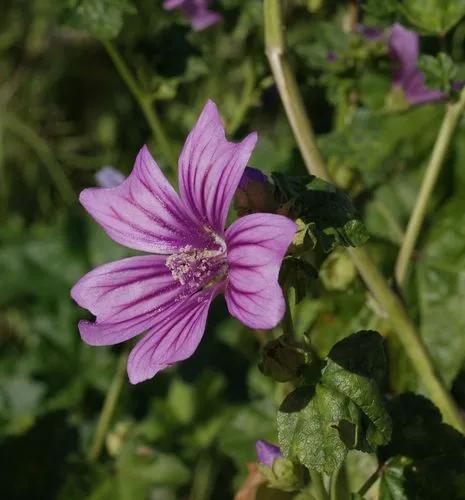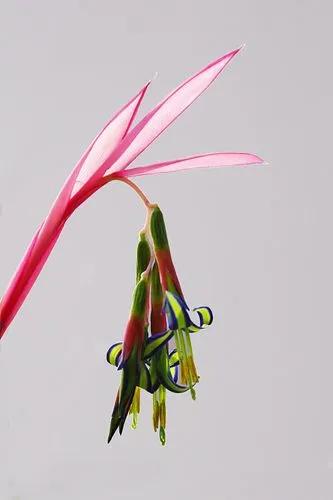Saxifraga is the largest genus in the family Saxifragaceae, containing about 440 species of holarctic perennial plants, known as saxifrages or rockfoils. The Latin word saxifraga means literally "stone-breaker", from Latin saxum ("rock" or "stone") + frangere ("to break"). It is usually thought to indicate a medicinal use for treatment of urinary calculi (known as kidney or bladder stones), rather than breaking rocks apart.
Common Saxifraga Care
Ptychotis saxifraga



Most saxifrages are small perennial, biennial (e.g. S. adscendens) or annual (e.g. S. tridactylites) herbaceous plants whose basal or cauline leaves grow close to the ground, often in a rosette. The leaves typically have a more or less incised margin; they may be succulent, needle-like and/or hairy, reducing evaporation. The inflorescence or single flower clusters rise above the main plant body on naked stalks. The small actinomorphic hermaphrodite flowers have five petals and sepals and are usually white, but red to yellow in some species. Stamens, usually 10, rarely 8, insert at the junction of the floral tube and ovary wall, with filaments subulate or clavate. As in other primitive eudicots, some of the 5 or 10 stamens may appear petal-like.[citation needed] and it lives in tundral ecosystems. A genus of about 440 species. The former monotypic genus Saxifragella has been submersed within Saxifraga, the largest genus in Saxifragaceae, as Saxifraga bicuspidata. Also the genus Saxifragopsis (strawberry saxifrage) was previously included in Saxifraga. Based on morphological criteria, up to 15 sections were recognised.
This plant is useful.
How to get rid of: This can be eliminated using hand weeding and herbicides.
How to Care for the Plant

Popularity

5 people already have this plant 2 people have added this plant to their wishlists
Discover more plants with the list below
Popular articles






